Description
Deacquisitioned from the Tower of London Museum, where it once hung above the entryway, these launchers were used primarily by the Royal Marine Artillery on land. The Congreve rocket was a form of rocket artillery designed by British inventor William Congreve and inspired by the rockets of the Tipu Sultan of Mysore, who used them against the British East India Company in the Anglo-Mysore Wars. Congreve rockets were first used in 1806 aboard ship in the bombardment of Boulogne. They initially had a rocket body made of stiff paper, which was later changed to sheet iron. The propulsion used the same ingredients as gunpowder, but the mixture varied according to the size of the rocket. The warheads had side-mounted brackets which were used to attach wooden sticks for stabilization in flight (same principal as modern bottle rockets), the size of which varied according to the size of rocket. Their accuracy was generally poor, with physical effects on the battlefield usually very limited, however, they had a significant psychological effect on civilians and troops on the receiving end. They were used during the Napoleonic Wars and in America during the War of 1812, where its use at Fort McHenry in 1814 inspired the fifth line of the first verse of the US National Anthem, “The Star-Spangled Banner”: “and the rockets’ red glare, the bombs bursting in air”.
The launcher offered here is reported to be one of 100 produced and features a 15 1/4” long rocket tube of 2” – 2 1/4” diameter (oval rather than round to accommodate the rocket’s attached stick), with hand-painted broad arrow, “G.R.” and the date “1809”; and attached 8 3/4” bayonet of triangular section. The rocket tube is attached to a smaller diameter hollow, tapering iron tube, with attached conical end cap, to allow for the stick of the rocket. This also serves as a shaft to be held by the user. On the side of the rocket tube is a flintlock mechanism, the lockplate with double line border; stamped with broad arrow and crowned “GR” forward of the cock, and “TOWER” behind. The vent hole is especially large and has an attached tube on the inside of the rocket tube to direct the charge to the base of the rocket and also serves to hold the rocket in place. The flintlock mechanism is activated by a long rod enclosed in a protective housing riveted to the body of the launcher and attached to a trigger of traditional form. A sleeve riveted to the tube enclosing the activation rod contains an original vent pick, which may also have been used to pierce the base of the rocket to expose the powder before firing. A large oval sheet iron flash guard is attached forward of the trigger to protect the user. Mechanism functions normally and the launcher is totally complete, retaining its original black paint. Untouched since its period of use, showing age and light scattered rust and pitting. Weighing only 8 pounds (3.6 kg), these launchers could be carried on foot or horseback and access locations inaccessible by traditional artillery. Overall length 99 1/4” (252 cm). A similar launcher, with fewer features and markings, was offered at auction in 2018 with an estimate of $15,000- $20,000. Extremely rare, with exceptional provenance!

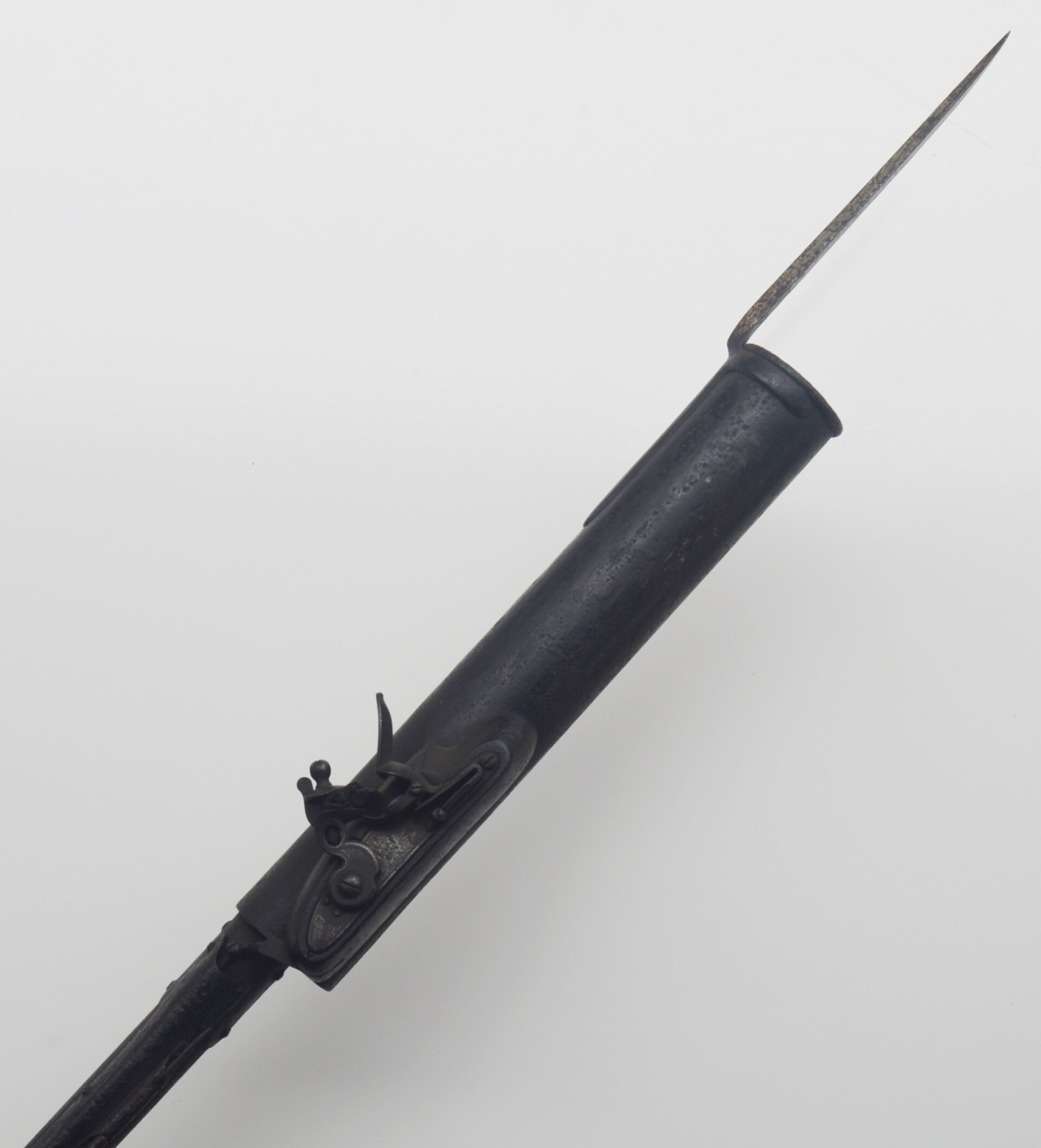
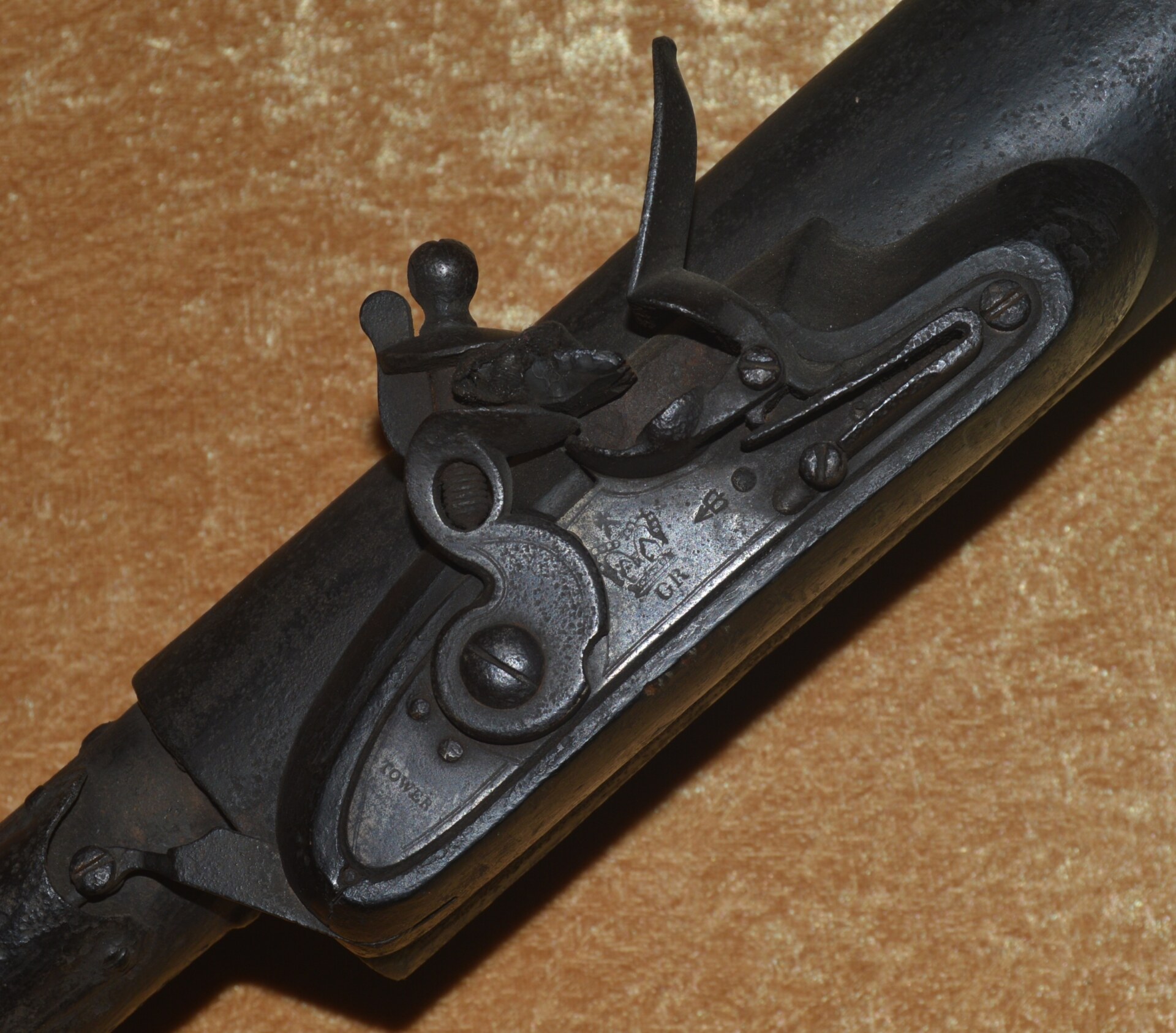
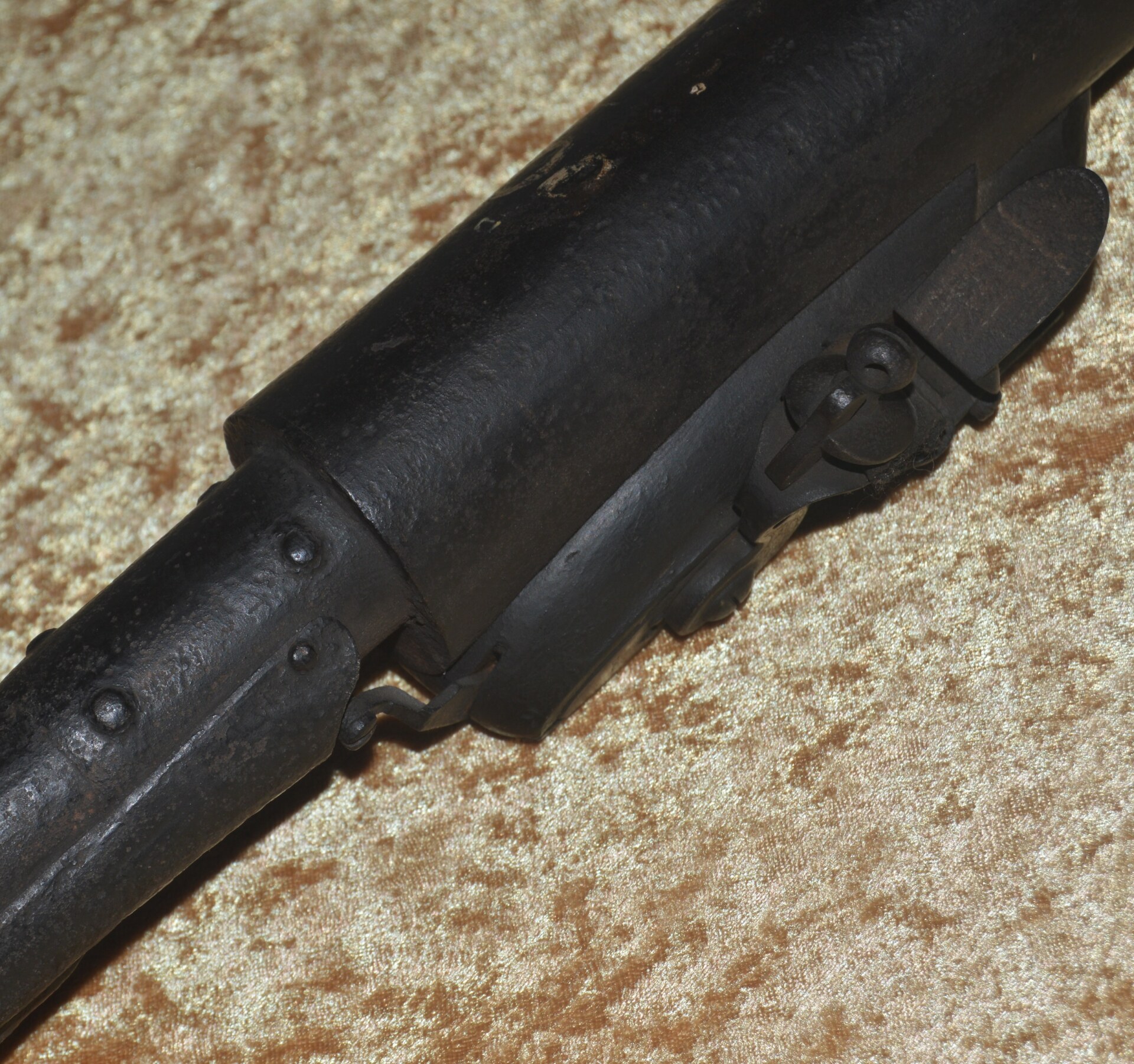
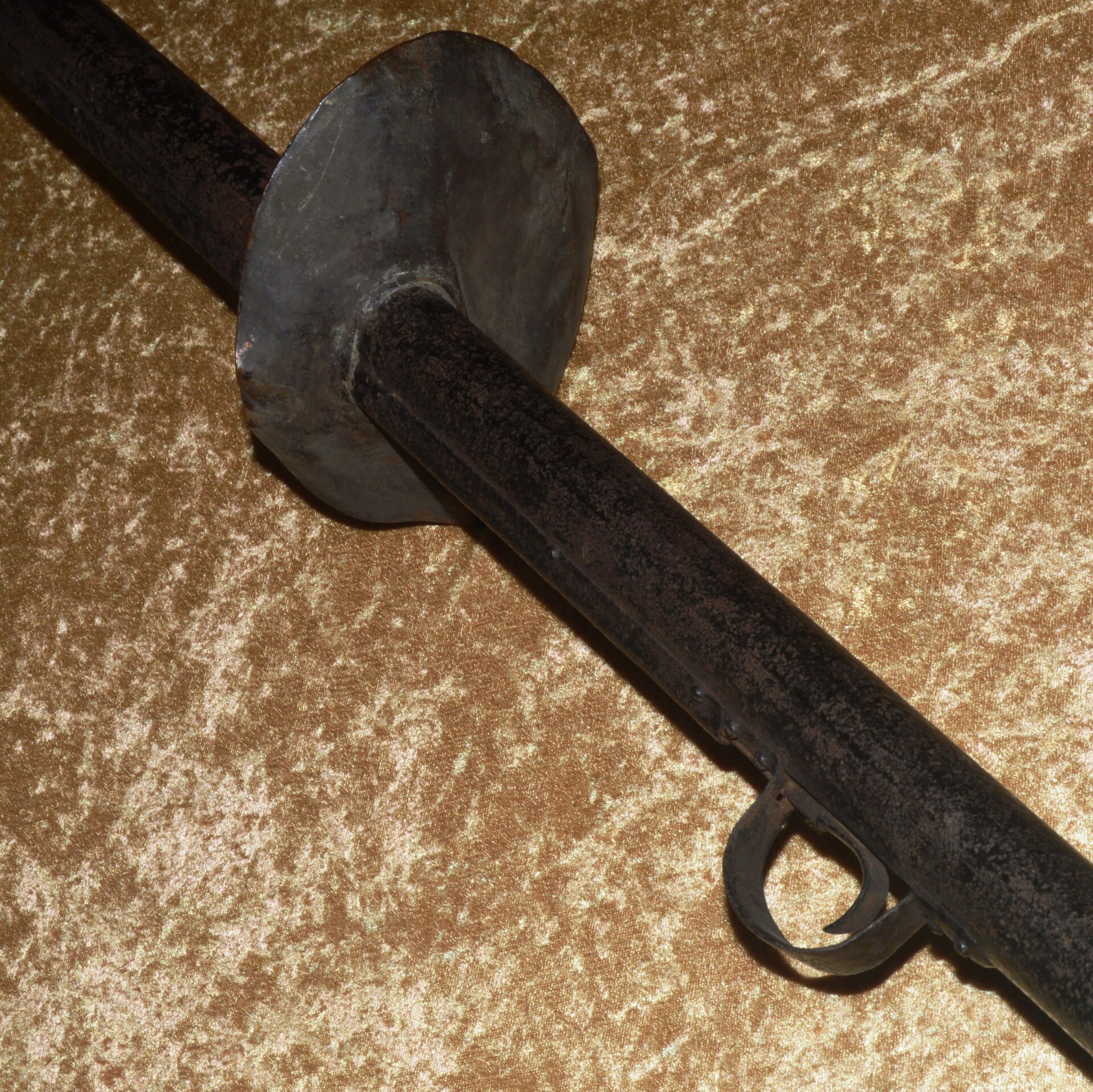
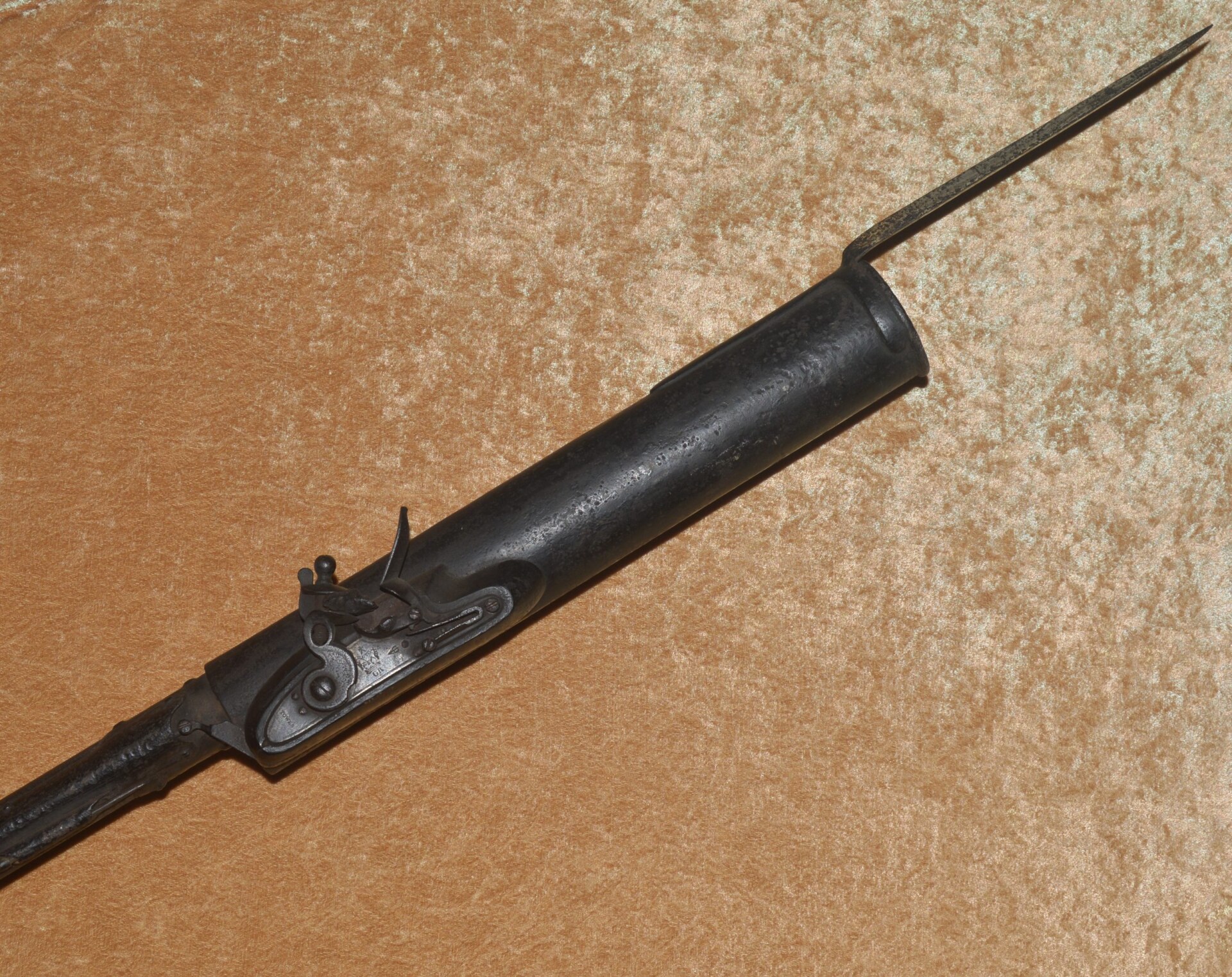
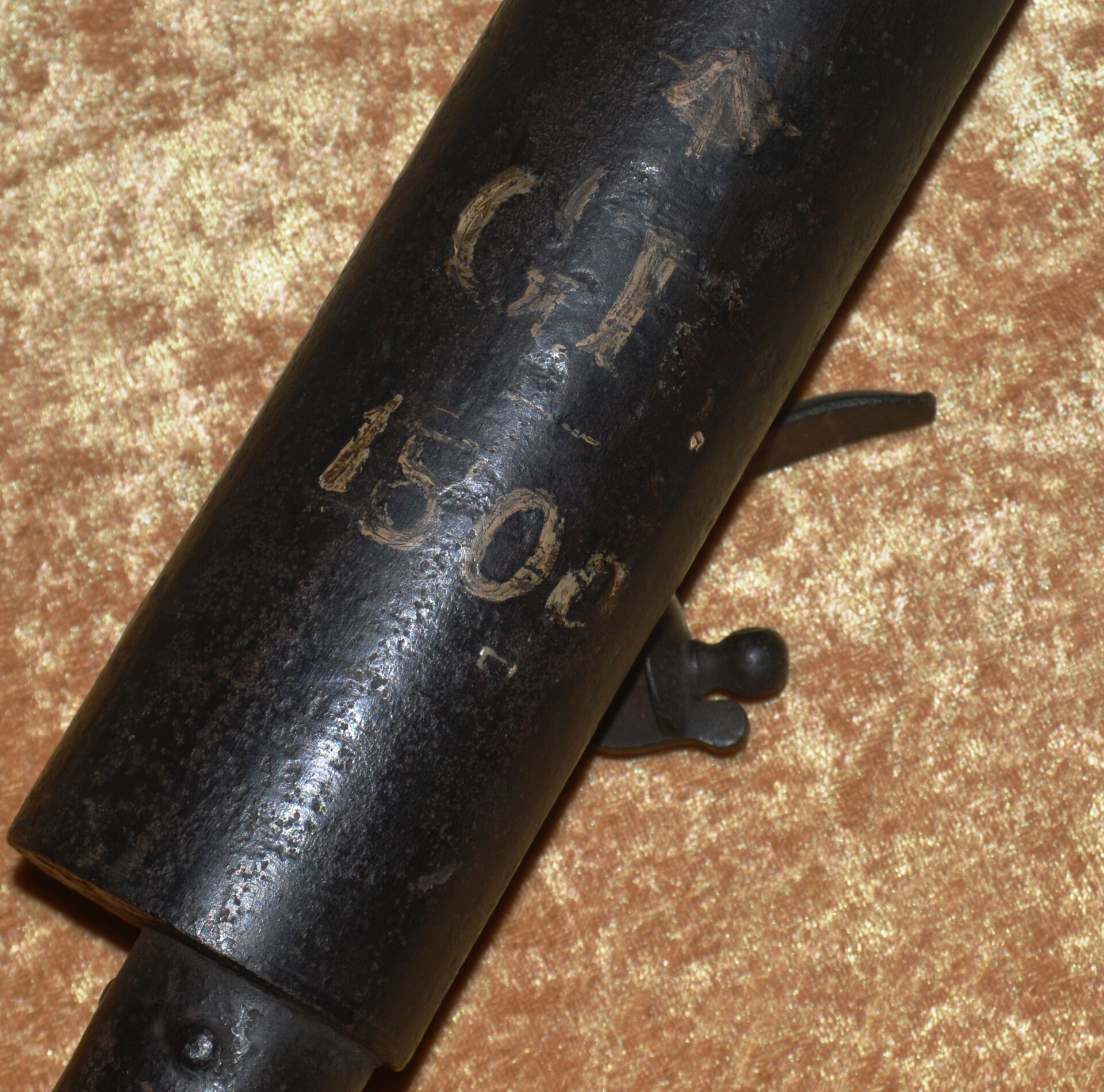
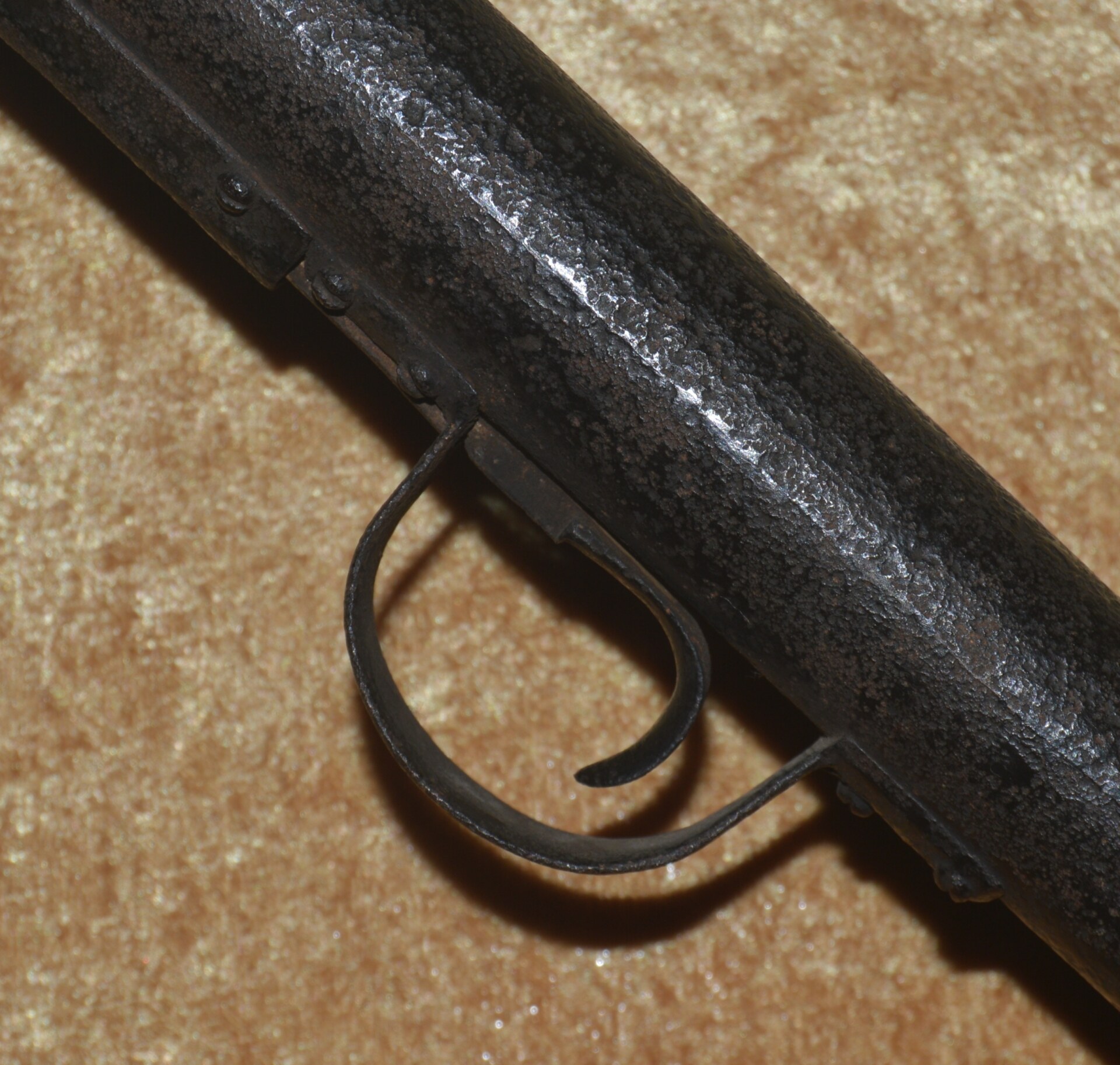
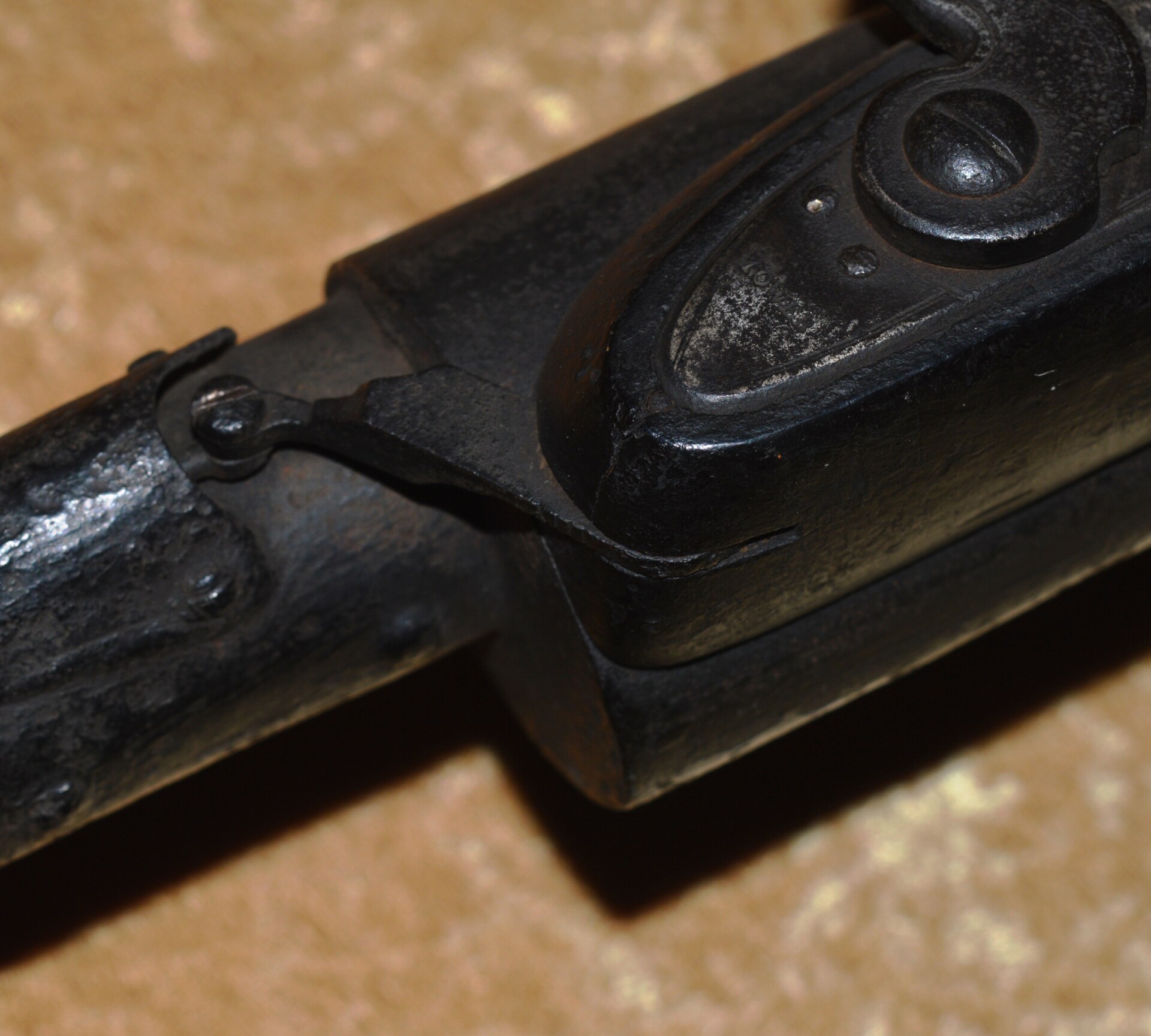
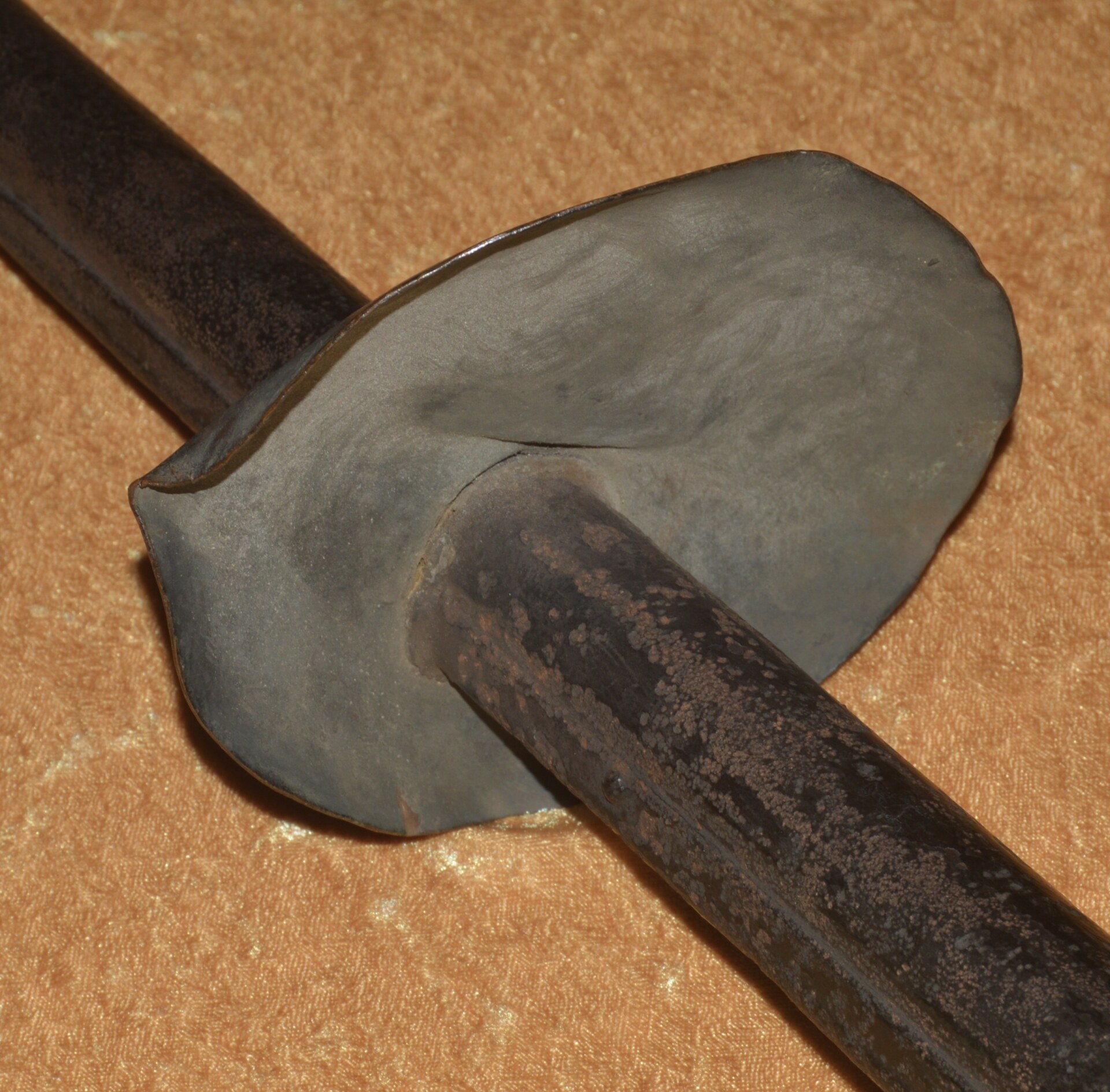
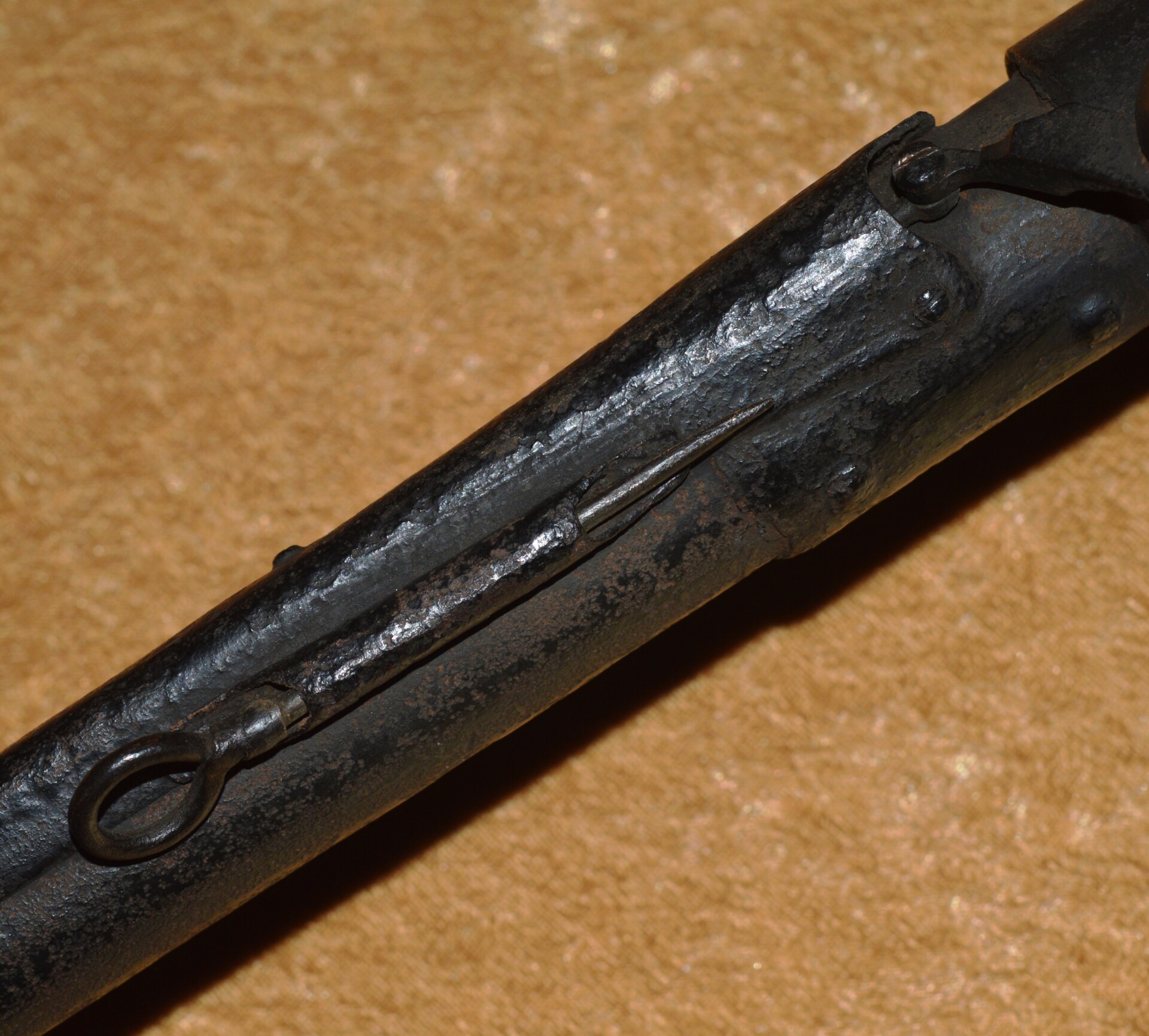
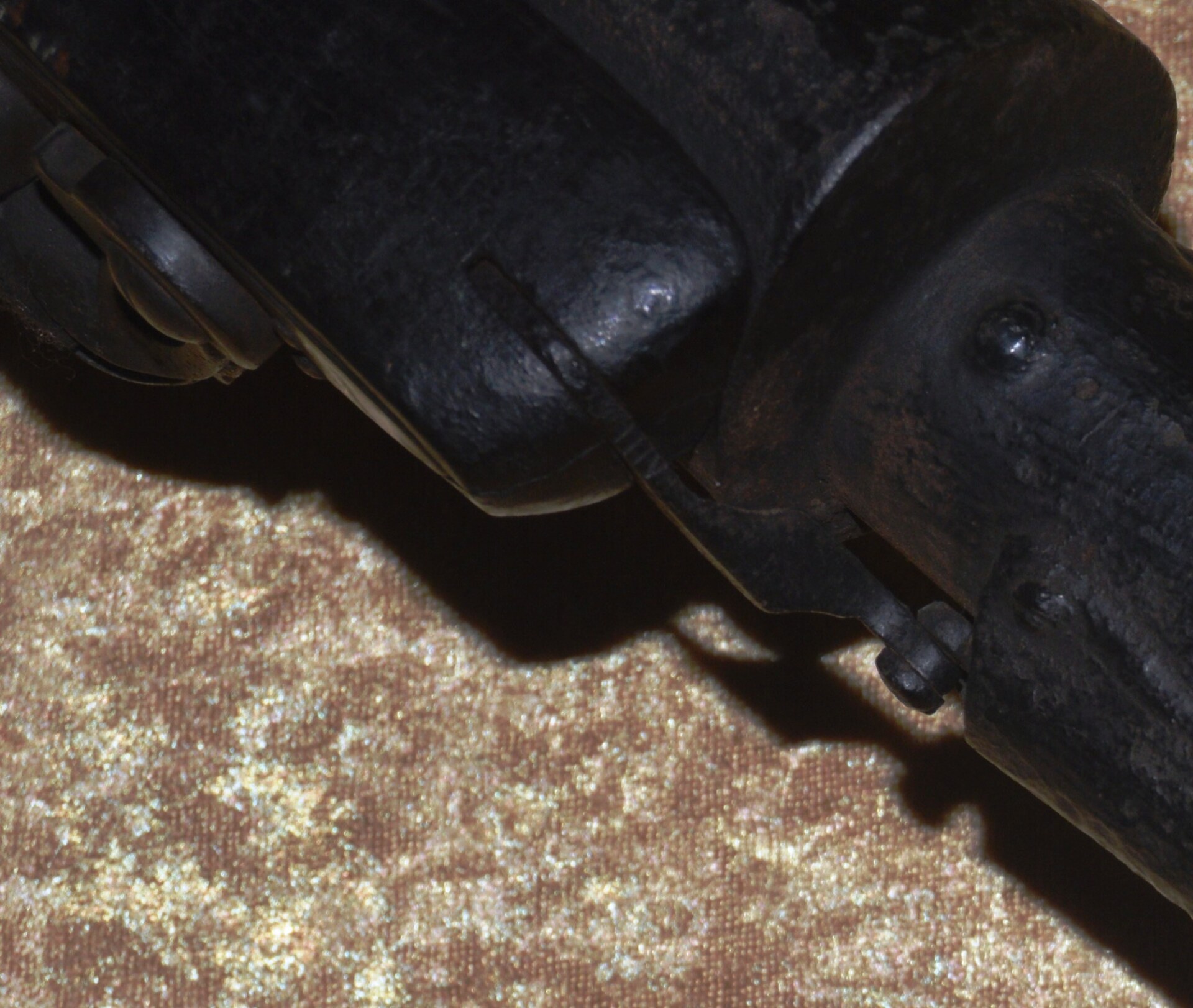

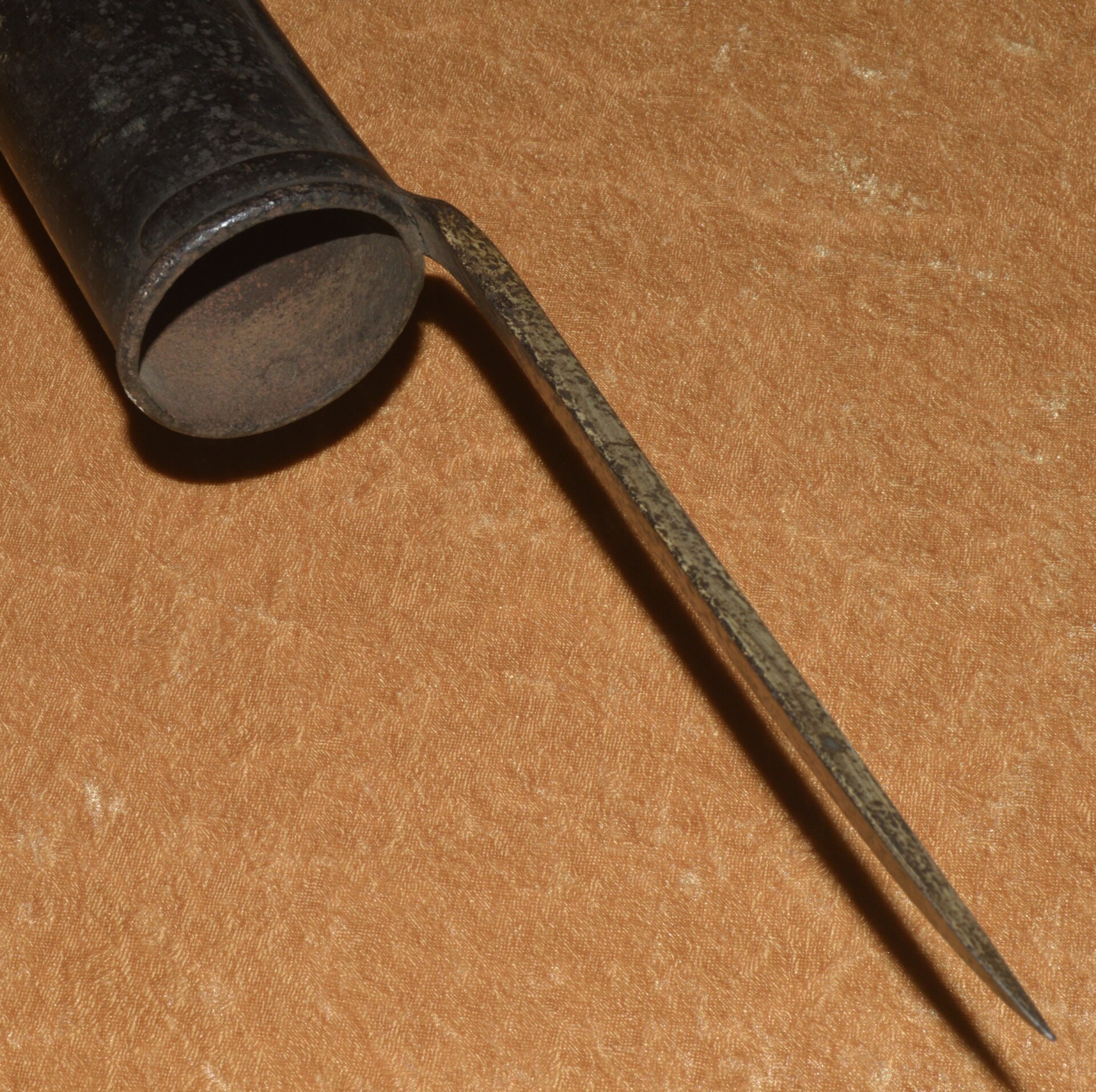
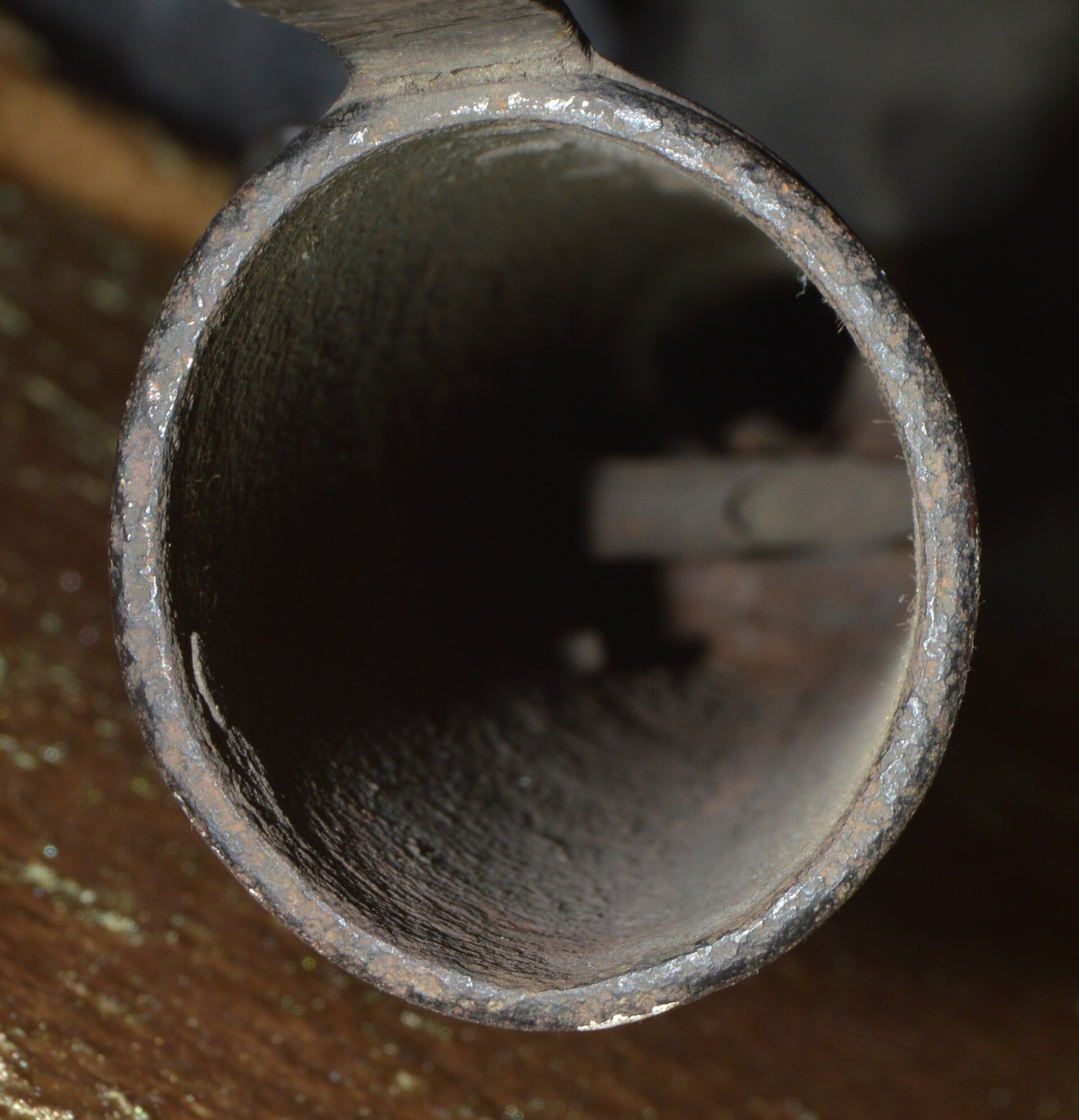
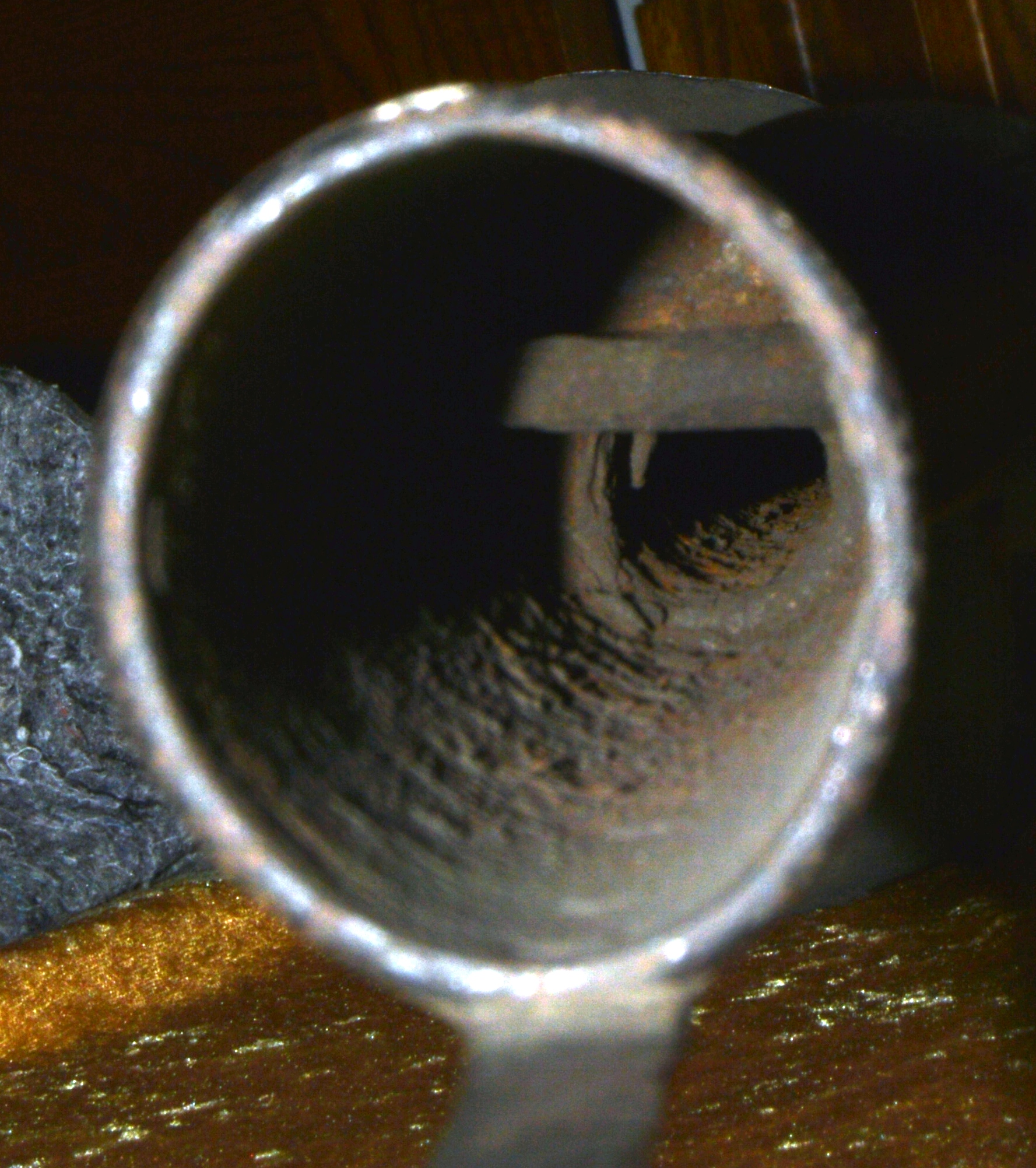
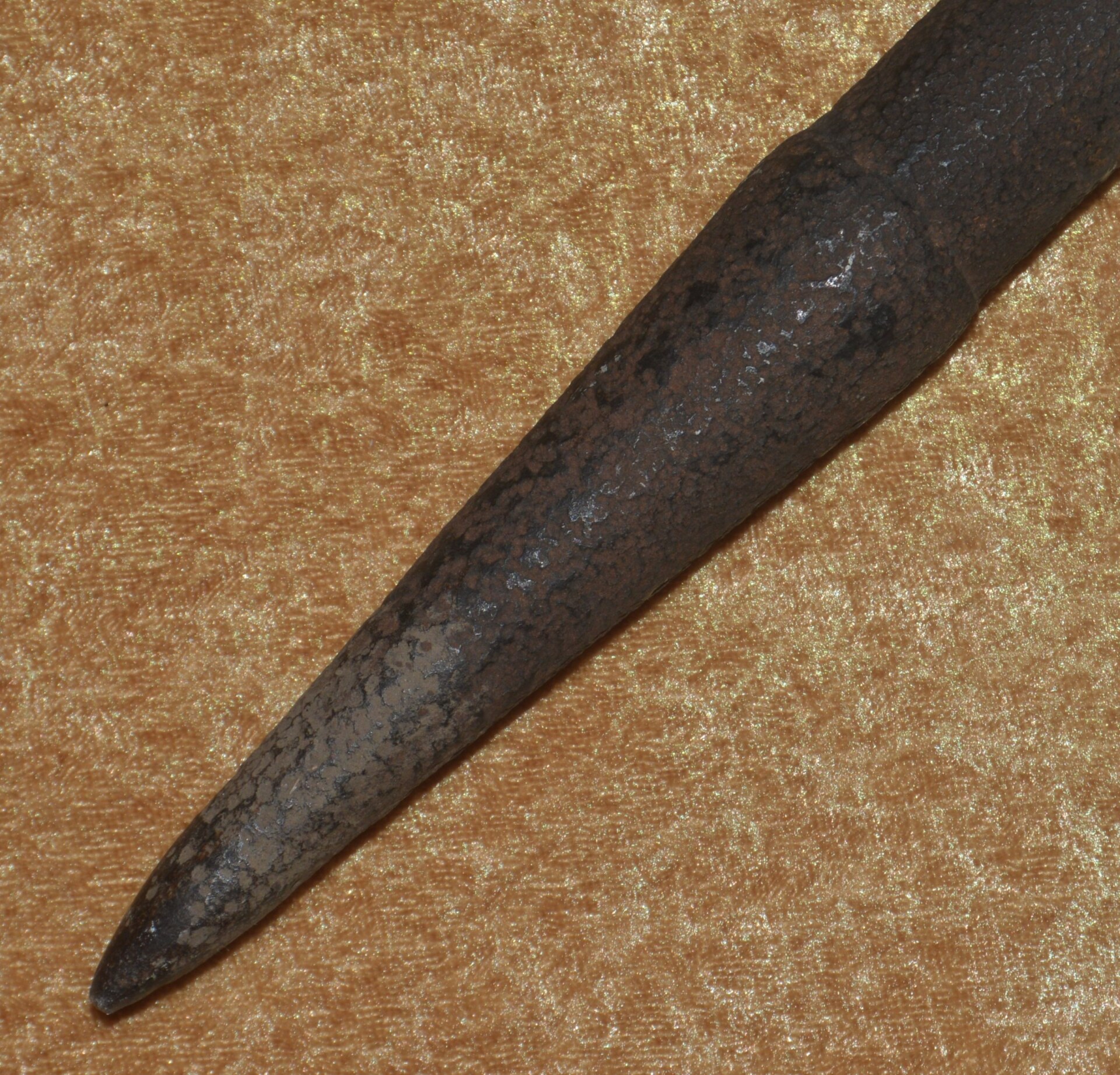
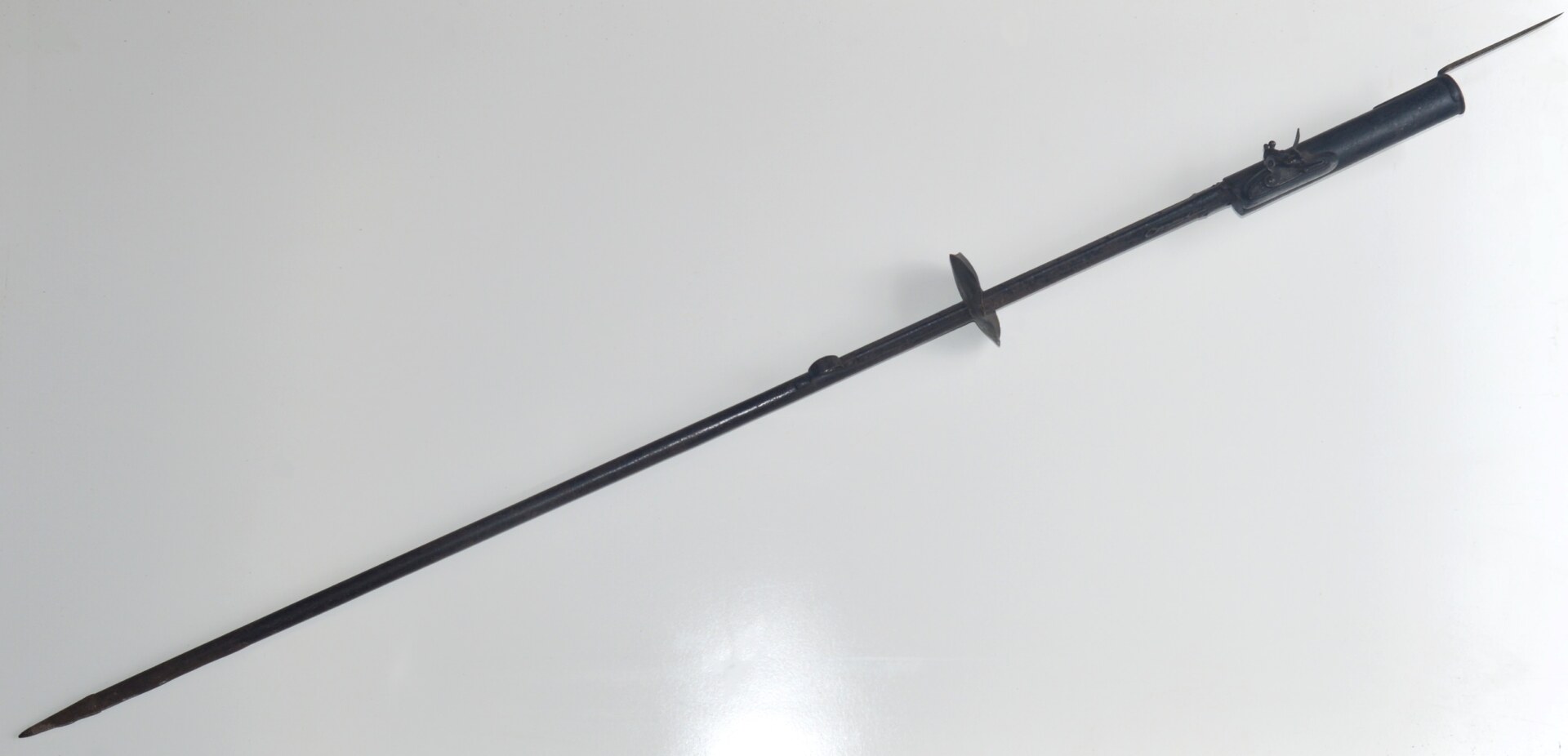
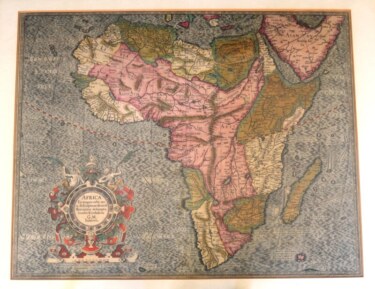 Africa Map by Mercator & Hondius, 1633
Africa Map by Mercator & Hondius, 1633  WWII British Navy Warship Identification Model Set
WWII British Navy Warship Identification Model Set 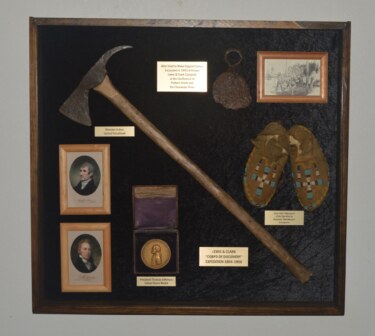 Historic Lewis & Clark “Corps of Discovery” Display
Historic Lewis & Clark “Corps of Discovery” Display 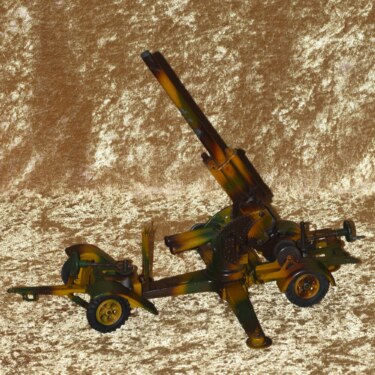 Pre-WWII Lineol German Model 88mm Anti Aircraft Gun & Carriage
Pre-WWII Lineol German Model 88mm Anti Aircraft Gun & Carriage